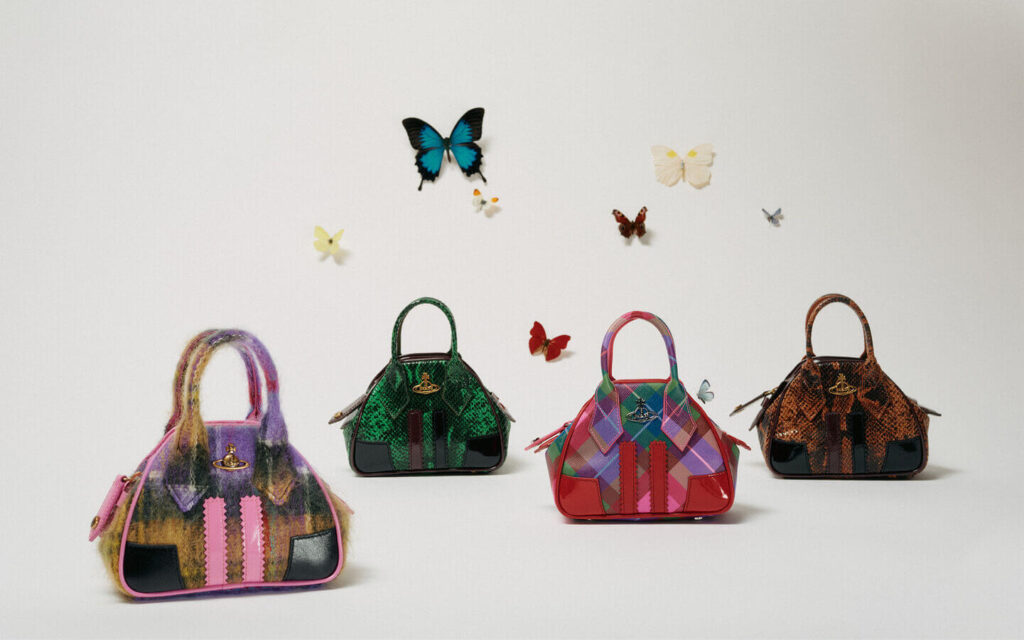Last year was a significant one for diversification in the beauty industry. In the wake of national civil rights protests, corporations were called out for their lack of diversity, both behind the scenes and in terms of how they cast advertising campaigns.
As a result, brands have begun making a conscious effort to include more Black people in their campaigns and hire Black people behind the scenes as well. Many Black beauty industry professionals felt that this change was a long time coming and beyond overdue.
While many Black beauty industry professionals are still skeptical over whether they are just being treated like a trend, diversity advocates are now calling out the beauty industry for racism’s ugly cousin: colorism.
Colorism is an issue on a global scale, as the beauty industry still tends to shun people with darker skin tones in favor of their lighter skinned counterparts. Skin lightening products continue to be sought after in many cultures, as fairer, whiter skin is considered more beautiful and acceptable.
Margaret Fletcher, a professor of sociology at Mills College whose work has focused on colorism and representation of minorities, says that many of the issues that were prevalent with colorism in the past are still prevalent today, including beauty being represented by lighter skin tones and beauty companies prioritizing more Anglo-looking women of color.
“In the midst of the Black Lives Matter uprising and movements, we did see some response from beauty companies making campaigns around racial justice and featuring more models of diverse skin tones,” Fletcher said. “Whether this is representative of change or just cyclical for the moment, it’s too early to tell. One of the most interesting developments over the past five years is darker-skinned women of color, especially Black women, represented in beauty ads, but they are represented as curiosities rather than just as people or women.
“A lot of the public discussion around them becomes around them being darker-skinned and there’s an objectification of them in a way. It’s a step in representation, but we need to get to a point where it’s not an anomaly and it’s not a unique curiosity.”
Colorism can only be understood within the context of racism. Many still consider it an internalized issue within communities of color, but, recently, there has been more discussion of how colorism helps foster racism. Lighter-skinned models are often promoted and chosen over darker-skinned models.
“Lighter-skinned models are often projected as the ‘pretty’ person of their race, while darker-skinned people are seen as exotic and treated as different and unusual for having a darker skin tone,” Fletcher said. “The kind of roles people get by skin tone are very different as well. White people are often less attuned to how aware of skin tones they are.
“People of color are used to talking about it, but because issues around race versus colorism are more familiar to white people, they don’t realize how they are responding to it. This doesn’t absolve them of it, and by the disparities we see in how people of color are hired and represented by decisions made from white people, we see how they are in fact responding to it.”
Monique Rodriguez, CEO of natural hair products company Mielle Organics, has long been committed to ensuring that darker-skinned women have been represented in her ads and campaigns. While she says the beauty industry has made strides in diversity, she also says that, “Dark-skinned models are treated like they are just for a specific audience. We need a broader range of skin tones in beauty ads. If you think about how America will look 20 years from now it will be more multicultural and there will be a variety of skin colors and hair textures.”
“Colorism has been used to keep Black people divided because the idea of Black people being successful when they are united still makes some people uncomfortable.”
— Monique Rodriguez
Rodriguez says that in order for the beauty industry to rectify some of its issues with colorism that there needs to be more education in Black history and where the origins of colorism began.
“We need to realize that these issues began back in slavery,” Rodriguez said. “Colorism has been used to keep Black people divided because the idea of Black people being successful when they are united still makes some people uncomfortable.”
Rodriguez chooses to lead by example, and for her beauty campaigns she always makes sure to cast models of all skin tones and different hair textures to show the variety of beauty in the Black community. While Rodriguez strongly advocates for diversity of skin tones and hair textures, sadly she appears to be the exception and not the norm.
Al-Nisa Ward, CEO of Cosmetic Science Innovations, said, “When you see someone of color in a beauty ad, it’s always someone racially ambiguous, and this problem is worse with women. Brands will put one light skin woman with a loose curl pattern and say they are being diverse, when that isn’t fair to darker skinned women and women with tightly coiled hair. You rarely see beauty products catered to women of very dark skin tones.”
While many of her industry colleagues feel that there is a difference between how light skinned and dark-skinned models are represented in ads, Ward says, “From my observation, they don’t even let dark-skinned models be represented enough to compare how they are treated to lighter skinned models. It’s definitely harder for dark skinned models to get picked for ads. I can’t even say there is a difference, when I so rarely see darker skinned models picked for anything.”
One of the other issues colorism has led to in some countries and cultures is skin bleaching. Fair & Lovely is a globally recognized beauty brand, arguably for all of the wrong reasons. The India-based brand is known for being of the most famous skin bleaching brands in the world and has long been critiqued for harmful beauty standards.
Last year, their parent company Unilever announced they would be renaming the brand to Glow & Lovely, but this was met with immediate backlash on social media by critics saying this is just a name-change and the product is as harmful as ever.
Small strides are being made to eradicate the existence of skin whitening and bleaching products all together. In November 2019, Amazon removed skin lightening products from its website. In the wake of the Black Lives Matter protests last year, many other major corporations were called out for selling skin lightening and whitening products. Last June, L’Oréal said they would be removing words like whitening, fairness, and lightening from their skincare products.
Despite all this, the global skin lighteners market is poised to grow to about $31.2 billion by 2024. However, some brands value making a moral choice over profits . Johnson & Johnson announced last June they would stop producing two lines of skin lightening products from Neutrogena and Clean & Clear. Skin lightening products still tend to be prevalent in many foreign countries including India, Nigeria, and China.
Change is still slow and steady, but there is hope. Kenya and Tanzania have banned the use of skin bleaching products (although there is still a black market for them). In 2019, Rwanda passed began a crackdown and ban on the use of bleaching agents in skin creams. Other African countries are attempting the same, because as Ward puts it, “It’s about loving your skin, and every shade of it now.”





More Stories
Elegance With an Edge: luxury bags by Vivienne Westwood
Why Dive Bomb Silhouettes Save You Time and Energy
Timeless Sophistication: Why an Exquisite Timepiece Still Resounds in a Digital Era